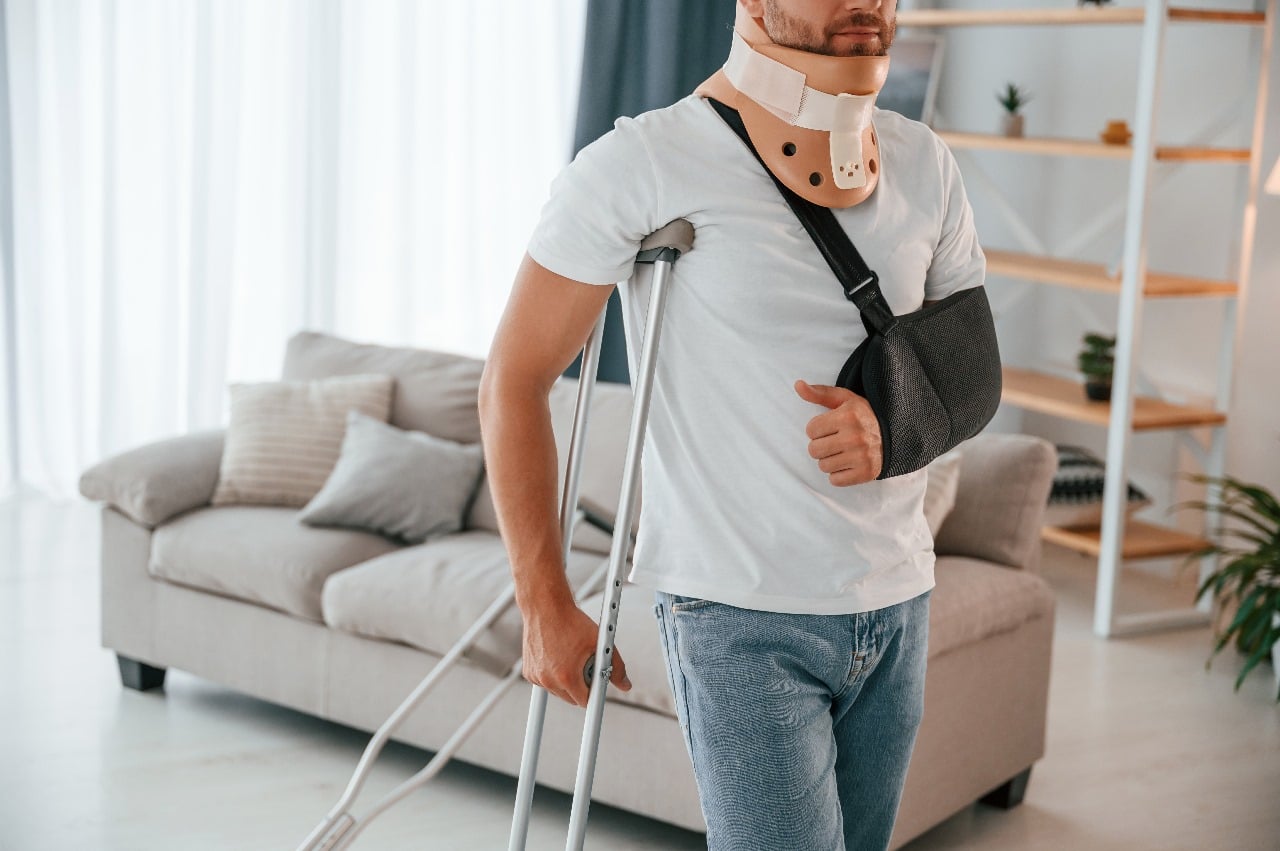Imagine that you're enjoying a day out, perhaps going for a walk or shopping in…
Navigating the Legal Process: What to Expect When Pursuing a Personal Injury Claim – Guest Post

Pursuing a personal injury claim can be a complex and daunting process for individuals who have been injured due to the negligence of others. From gathering evidence to negotiating with insurance companies and potentially going to trial, understanding what to expect can help plaintiffs navigate the legal process more effectively. In this guide, we’ll provide an overview of the key stages involved in pursuing a personal injury claim with the guidance of personal injury lawyers.
1. Initial Consultation with a Personal Injury Lawyer
The first step in pursuing a personal injury claim is to schedule an initial consultation with a personal injury lawyer.
During this meeting, the lawyer will evaluate the circumstances of the accident, assess the strength of the case, and advise the client on their legal rights and options.
2. Investigation and Gathering of Evidence:
Once retained, the personal injury lawyer will conduct a thorough investigation into the accident to gather evidence to support the claim.
This may involve obtaining witness statements, reviewing medical records, analyzing accident reports, and collecting other relevant documentation.
3. Filing a Personal Injury Claim:
After gathering sufficient evidence, the personal injury lawyer will file a formal claim on behalf of the client.
The claim outlines the details of the accident, the extent of the client’s injuries, and the damages sought for medical expenses, lost wages, pain and suffering, and other losses.
4. Negotiation with Insurance Companies:
Insurance companies will often attempt to settle personal injury claims quickly and for as little compensation as possible.
Personal injury lawyers advocate on behalf of their clients during negotiations, presenting evidence of liability and the extent of the client’s damages to support their demand for fair compensation.
5. Preparing for Litigation:
If a fair settlement cannot be reached through negotiation, the personal injury lawyer may recommend proceeding to litigation.
This involves filing a lawsuit against the at-fault party and potentially going to court to present the case before a judge and jury.
The lawyer will prepare legal pleadings, gather additional evidence, and engage in discovery to exchange information with the opposing party.
6. Post-Trial Proceedings and Appeals:
Following a trial, the losing party may have the option to appeal the verdict if they believe legal errors were made during the proceedings.
Personal injury lawyers continue to represent their clients during post-trial proceedings and appeals, seeking to uphold favorable outcomes or challenge unfavorable ones.
In conclusion, navigating the legal process of pursuing a personal injury claim requires the expertise and guidance of experienced personal injury lawyers. From the initial consultation to the resolution of the case, personal injury lawyers advocate tirelessly on behalf of their clients to achieve the best possible outcome and ensure that their rights and interests are protected throughout the process. With knowledgeable legal representation, individuals injured due to the negligence of others can pursue fair compensation for their losses and begin the journey towards recovery.
